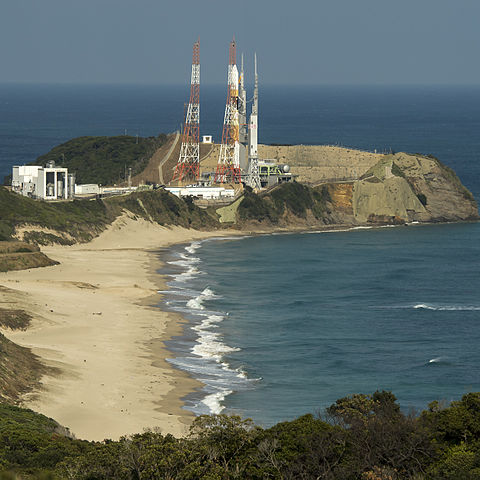Japan launched its first military communications satellite on Tuesday. The project is meant to boost the country’s Self Defence Forces’ broadband capacity as they work to reinforce protection on an island chain located along the southern edge of the East China Sea.
The military, under the leadership of Prime Minister Shinzo Abe, is widening its operations from Japan’s main islands as it lunches more efforts to counter the increasing Chinese military activity in the southern region, The Huffington Post reports.
The satellite left Japan’s Tanegashima space port on an H-IIA rocket and successfully entered orbit, according to a spokesperson for Mitsubishi Heavy Industries, the company that built the launcher.
This is one of three planned X-band satellites that are supposed to quadruple the country’s broadband capacity, unify and de-load an overworked communications network, and allow for more efficient communications across more areas.
Japan and China are currently in a never-ending territorial dispute in the East China Sea over the islands – an uninhabited group called the Senkaku in Japan and Diaoyu in China. Both countries are also fighting over the exploitation of gas fields that cover exclusive economic zones they separately claim.
Japan, the United States’ main ally in Asia, has expressed concern over the growing presence of Chinese military in the area – a sign that China is looking to challenge US maritime dominance and extend its military influence from the South China Sea.
From April to December of last year, Japan sent fighter jets to counter Chinese aircraft that approached Japanese airspace 644 times, twice the number recorded a year earlier, Japan’s Ministry of Defence said.
This satellite launch marks the successful comeback of the country’s program that was stopped last year because of an embarrassing mistake – the first satellite was crushed while en route from Japan to French Gulana due to a blue tarpaulin that damaged the satellites’ sensitive antennas.
























